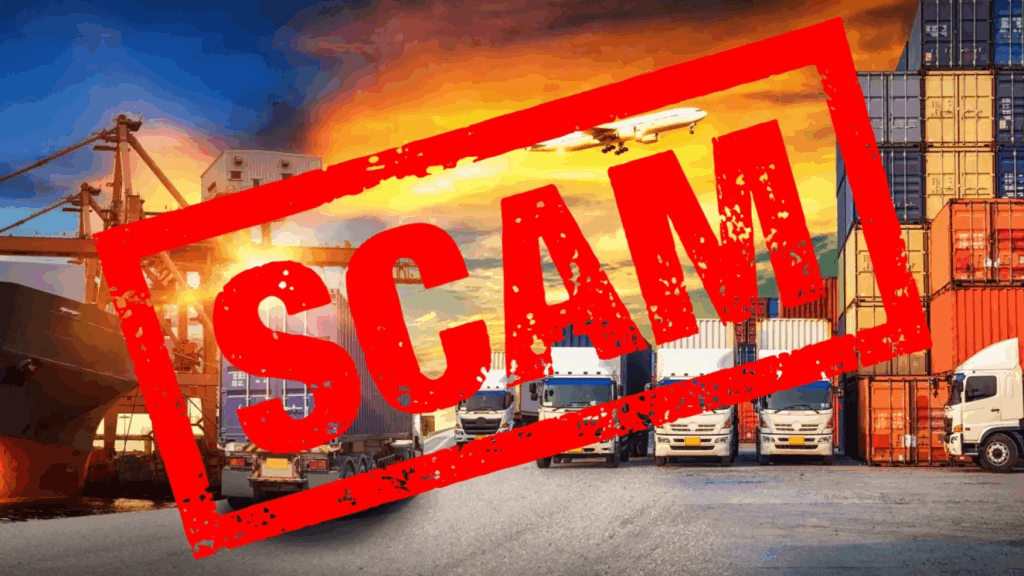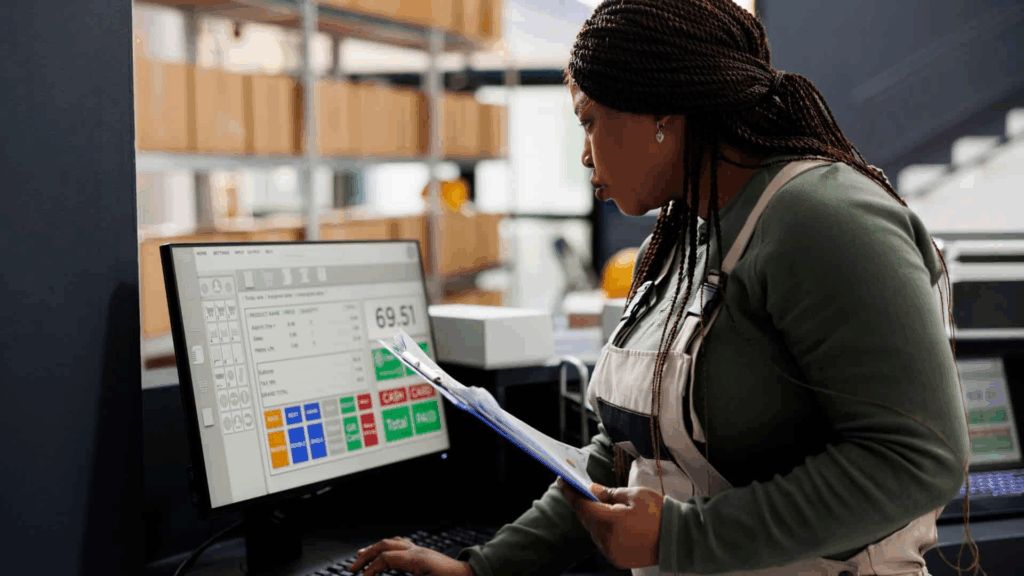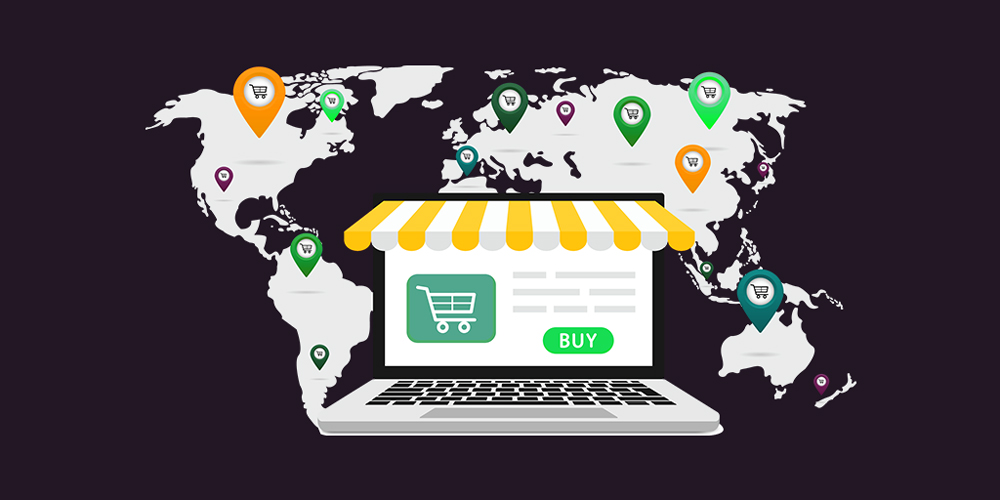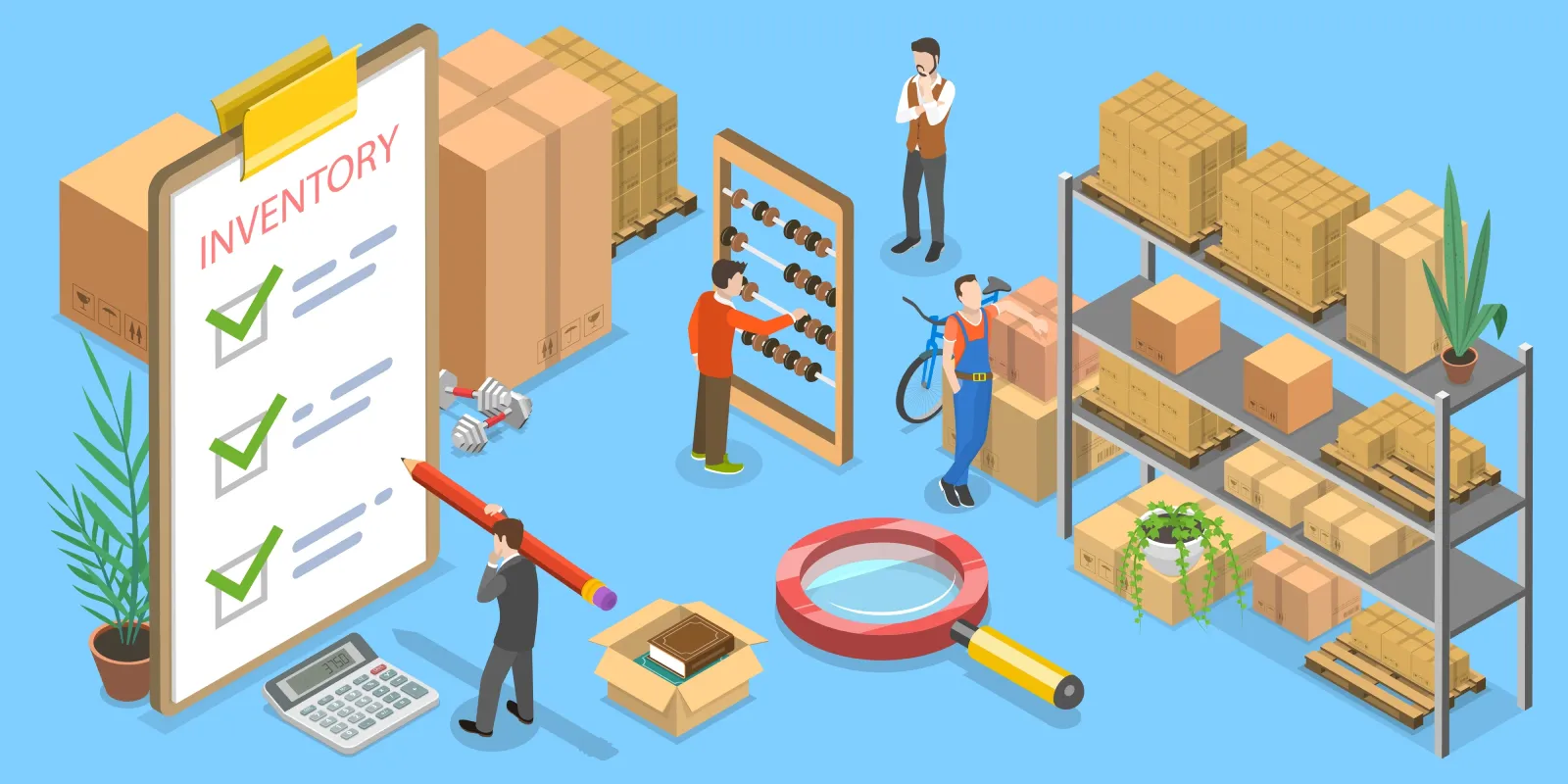The Rise of Fake Logistics Tools – How to Stay with Legit Platforms
The logistics industry has experienced significant growth in recent years, driven by e-commerce expansion, global trade, and technological advancements. However, with this rapid development has come a surge in fraudulent platforms and tools that promise efficiency but deliver unreliable or dangerous results. As businesses and consumers seek seamless shipping solutions, it is vital to differentiate between legitimate platforms and those that are designed to deceive.
In this article, we will explore the rise of fake logistics tools, how to spot them, and the best practices to ensure you’re using trustworthy plataformas logísticas. From security concerns to operational inefficiencies, understanding these risks is essential to safeguarding your business and reputation.

The Growth of the Logistics Industry and the Threat of Fraud
The logistics sector has seen a massive boom, largely driven by the rise of online shopping. With more businesses opting for digital solutions to streamline their supply chains, various logistics platforms and tools have emerged, ranging from simple shipping calculators to sophisticated tracking systems.
However, this growth has also attracted malicious actors looking to exploit businesses. These fake logistics tools often advertise themselves as all-in-one solutions for tracking, delivery management, and even cost savings, but in reality, they can create significant risks for users. These include data theft, delayed shipments, hidden fees, and even total loss of goods.
How Fake Logistics Tools Operate
Fake logistics platforms can appear legitimate at first glance. They often come with user-friendly interfaces and offer features that seem too good to be true, enticing businesses to give them a try. Here are some common characteristics of these fraudulent platforms:
1. Overpromising Features
Many fake tools claim to offer a wide range of services, from shipment tracking to actualizaciones en tiempo real and automated management. These tools often promise superior functionalities at a much lower cost than established platforms. However, these tools frequently fail to deliver the promised services, leading to frustration and operational bottlenecks.
2. Unclear or Missing Contact Information
Legitimate logistics platforms provide clear and accessible contact details for customer support, technical assistance, and complaints. Fake tools often lack or have vague contact information. If you cannot find a way to contact the platform’s support team, it’s a red flag.
3. Lack of Transparency
Another key sign of a fake logistics platform is the lack of transparency in pricing, service details, and terms of use. Fake tools often hide hidden charges or change their terms and conditions without notifying users. They may also fail to provide clear explanations of how their services work, leaving businesses in the dark.
4. No Reviews or Poor Reputation
Established logistics tools usually have a considerable amount of customer feedback, including both positive reviews and constructive criticism. Fake platforms, on the other hand, may have little to no reviews or overwhelmingly negative ones. If a platform has only a handful of reviews or consistently poor ratings, it’s wise to be cautious.

Logistics Fraud Prevention: Identifying Legitimate Logistics Platforms
While there are certainly fraudulent tools out there, many legitimate logistics platforms offer valuable services that can streamline your operations. Here’s how to identify and choose reliable platforms for your business:
1. Look for Established Brands
Established logistics companies such as FedEx, UPS, DHL, and similar global services have been in the business for years, offering tried-and-tested solutions. Their websites are robust, provide clear customer support, and have well-documented terms of service. These platforms invest in their infrastructure, security, and customer service to ensure reliability.
2. Read Reviews from Multiple Sources
Instead of relying solely on reviews posted on a single website, check multiple platforms such as Google, Trustpilot, and even industry forums. Genuine feedback from actual users can give you an insight into the platform’s performance, customer service, and overall satisfaction levels.
3. Ensure Transparent Pricing
Legitimate logistics platforms will clearly outline their pricing structure, including potential additional fees, taxes, and other costs. Be wary of platforms that do not provide a detailed breakdown of their pricing. It’s also a good idea to compare costs with other well-known platforms to ensure that the pricing is competitive.
4. Check for Certification and Industry Affiliations

Reputable plataformas logísticas often have industry certifications and affiliations that validate their credibility. These might include ISO certifications, membership in logistics associations, or partnerships with trusted carriers. Verify these credentials to ensure you’re working with a professional and trustworthy provider.
5. Test the Platform with Smaller Shipments
Before committing to a full-scale partnership, consider testing the platform with a smaller shipment. This allows you to evaluate its user interface, tracking system, delivery times, and overall service quality. If anything feels off or inconsistent, it’s better to find out sooner than later.
Protecting Your Business from Fake Logistics Tools
To ensure you’re using only legitimate logistics tools, here are some best practices that can protect your business:
1. Implement Rigorous Vendor Screening
Before adopting any new logistics tool, conduct thorough research and vetting. Request demonstrations, read all available documentation, and consult with colleagues or other businesses that have used the platform. Vendor screenings can help you avoid falling victim to fraud.
2. Invest in Cybersecurity
Fake logistics platforms may try to steal sensitive data, such as customer details, shipment information, or payment credentials. Invest in strong cybersecurity measures, including encryption, secure payment gateways, and multi-factor authentication to protect your business from cyber threats.
3. Monitor Shipments in Real-Time

Regularly monitor your shipments and track their progress through legitimate tracking systems. If a shipment is delayed or the tracking information is suspiciously inaccurate, reach out to the carrier or logistics provider for clarification. This can help you catch any issues early and avoid costly mistakes.
4. Stay Up to Date with Industry Trends
The logistics industry is constantly evolving, with new technologies and platforms emerging. Stay informed about the latest trends in tecnología logística, including blockchain for supply chain transparency, AI-driven predictive tools, and IoT-powered tracking systems. This knowledge will help you make informed decisions when choosing a logistics partner.
Conclusión
The rise of fake logistics tools is a growing concern for businesses that rely on efficient and secure shipping solutions. By understanding the characteristics of fraudulent platforms and learning how to spot the signs, businesses can protect themselves from falling victim to scams.
Choosing the right logistics platform is essential for the smooth operation of your supply chain, so it’s critical to work with trusted, established providers that prioritize transparency, security, and reliability. As the logistics industry continues to grow and evolve, staying informed and vigilant will help you make the best decisions for your business and ensure that you’re using only the most legitimate and effective tools available.
By following the tips and best practices shared in this article, businesses can successfully navigate the complexities of modern logistics while avoiding the pitfalls of fake platforms.
Perspectivas del sector
noticias vía inbox
Nulla turp dis cursus. Integer liberos euismod pretium faucibua








